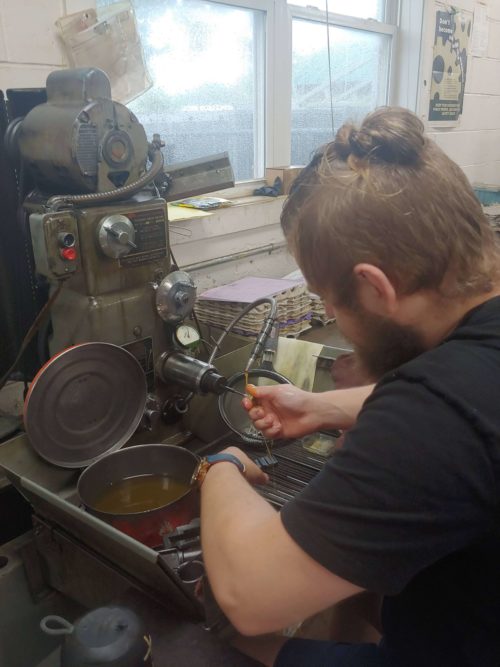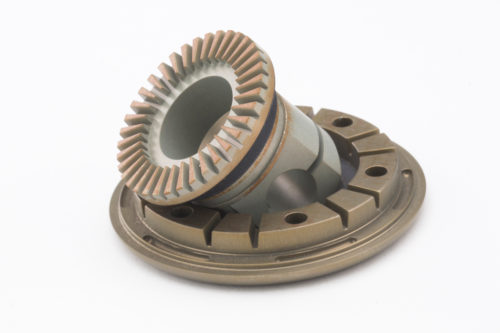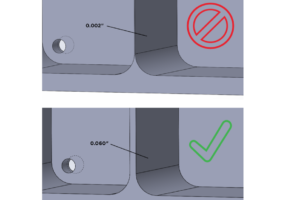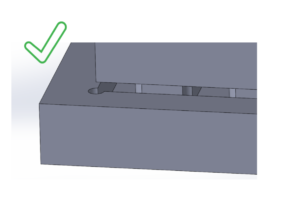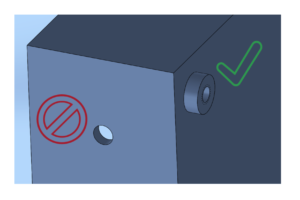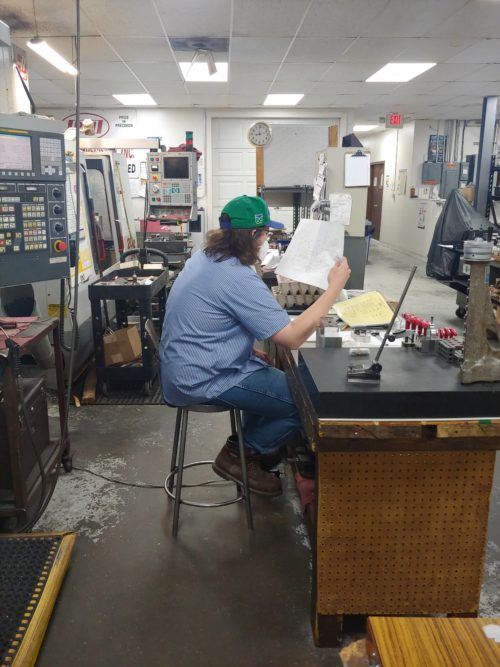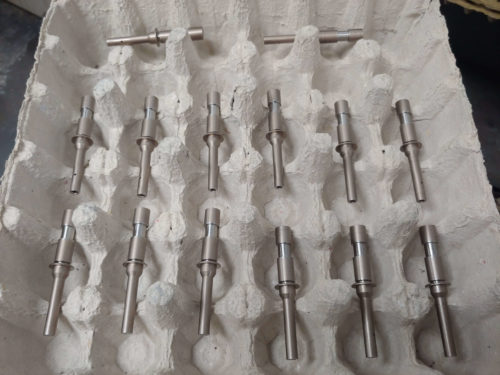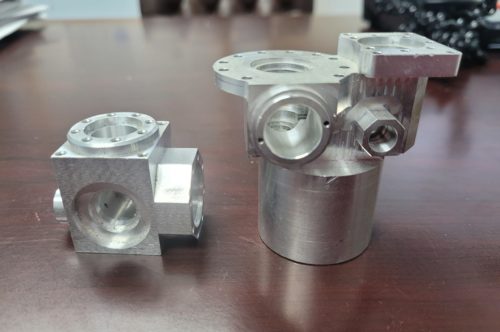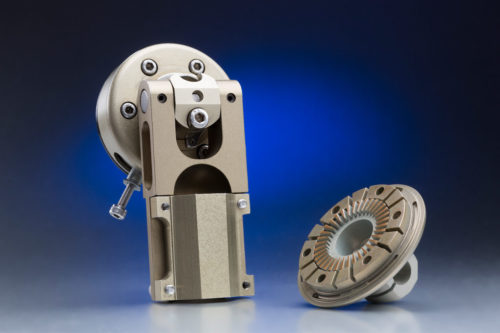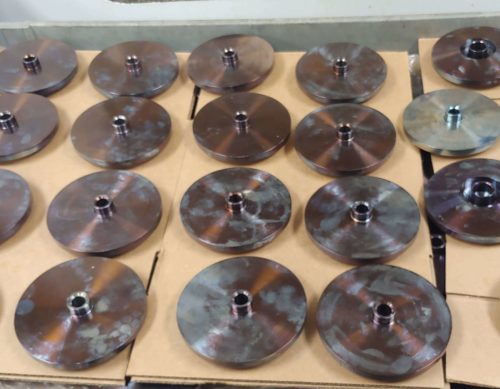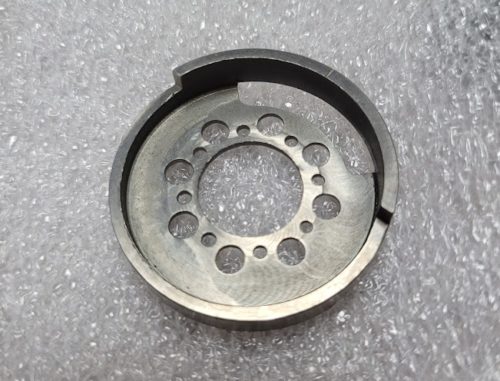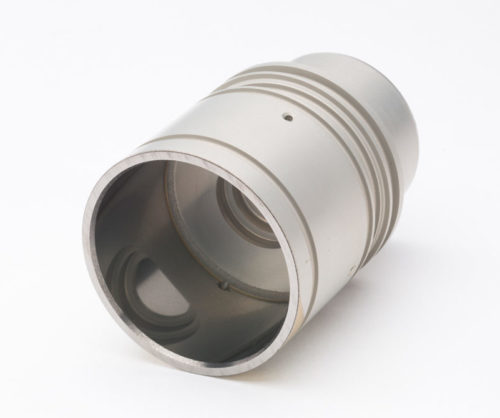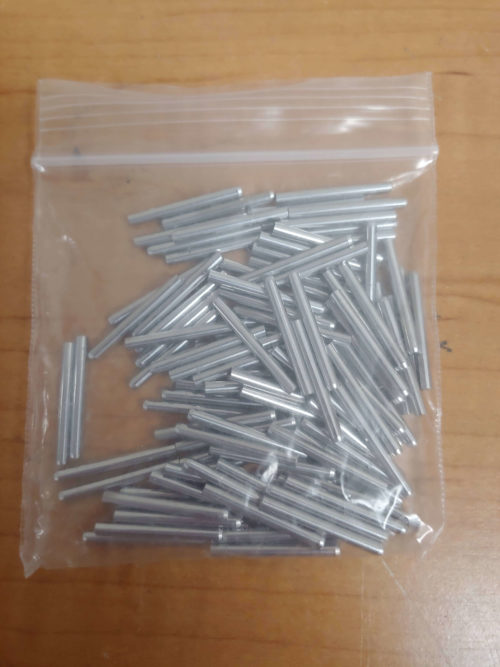How CMMC Compliance Makes Us a Better Precision Machine Shop
Leave a CommentOur customers know that high-precision parts are our specialty, but there’s more to meeting customer needs than achieving tight tolerances. One of the most important aspects of our work is keeping customer information secure, which is why we’re proud to be a level 2 Cybersecurity Maturity Model Certification (CMMC) compliant shop.
If you’re unfamiliar with CMMC, it’s the Department of Defense (DOD) unified standard to ensure the defense industrial base prevents cyberattacks and protects information from foreign adversaries. By 2026, all DOD suppliers and subcontractors in American defense manufacturing must meet CMMC certification standards. Luckily, our customers can rest assured that they’re already in good hands.
What You Need to Know About CMMC
Even if you buy parts for an industry outside of defense, you benefit from working with a precision machine shop that’s CMMC compliant. After all, information security is critical in all sectors amid the ongoing threat of cybercrime.
At Peerless Precision, we aim to give our customers peace of mind by meeting requirements that make everybody’s information safer. Though it isn’t happening yet, we believe that the medical, optical, and aerospace industries will eventually seek out shops that meet CMMC requirements to benefit from the best practices followed.
For DOD purposes, CMMC certification has 3 levels that correspond to a precision machine shop’s place in the defense supply chain. Because we’re subcontractors to prime contractors of the DOD, we must be compliant at level 2—where we currently have a perfect compliance score.
Peerless Precision’s Approach to Cybersecurity
Achieving a perfect score on our assessment for CMMC certification was no small feat. We began working toward this standard in 2018, and since then, we’ve significantly changed how we operate to ensure all customer information that comes through our shop is secure. Here are some of the steps we’ve taken to protect your data in compliance with DOD regulations:
 Hired a new IT company. We now work with an IT company that specializes in strategic security and understands our needs. They’ve helped us implement stronger systems and train employees on cybersecurity threats and best practices. Additionally, they’ve been able to make recommendations to help us meet CMMC standards.
Hired a new IT company. We now work with an IT company that specializes in strategic security and understands our needs. They’ve helped us implement stronger systems and train employees on cybersecurity threats and best practices. Additionally, they’ve been able to make recommendations to help us meet CMMC standards. - Refined computer security measures. Before starting our journey toward CMMC compliance, we had computers on our precision machine shop floor that weren’t password-protected and that anyone could use. Now, everyone has personal login information that is stored according to protocols and best practices.
- Implemented secure backups. We back up all of our data offsite every 24 hours so that if a fire or other disaster were to occur, we would retain all important information.
- Strengthened protocols for remote workers. Remote work is a reality of the 21st century, so we’ve ensured that it doesn’t pose any security risks by implementing multi-factor authentication and prohibiting USB drives that aren’t thumbprint-protected inside our shop.
- Trained our staff. Cybersecurity threats compound when employees don’t know how to protect themselves. We regularly train and test everyone who has access to a computer in cybersecurity and CMMC compliance.
- Segregated information. Before working toward CMMC compliance, all employees had access to information about any job. Now, documents are segregated, and access to drawings and job files is significantly limited, so employees receive information on a need-to-know basis.
If you want to work with a partner who understands the importance of data security and will work diligently to keep your information protected, request a quote from our precision machine shop today!

